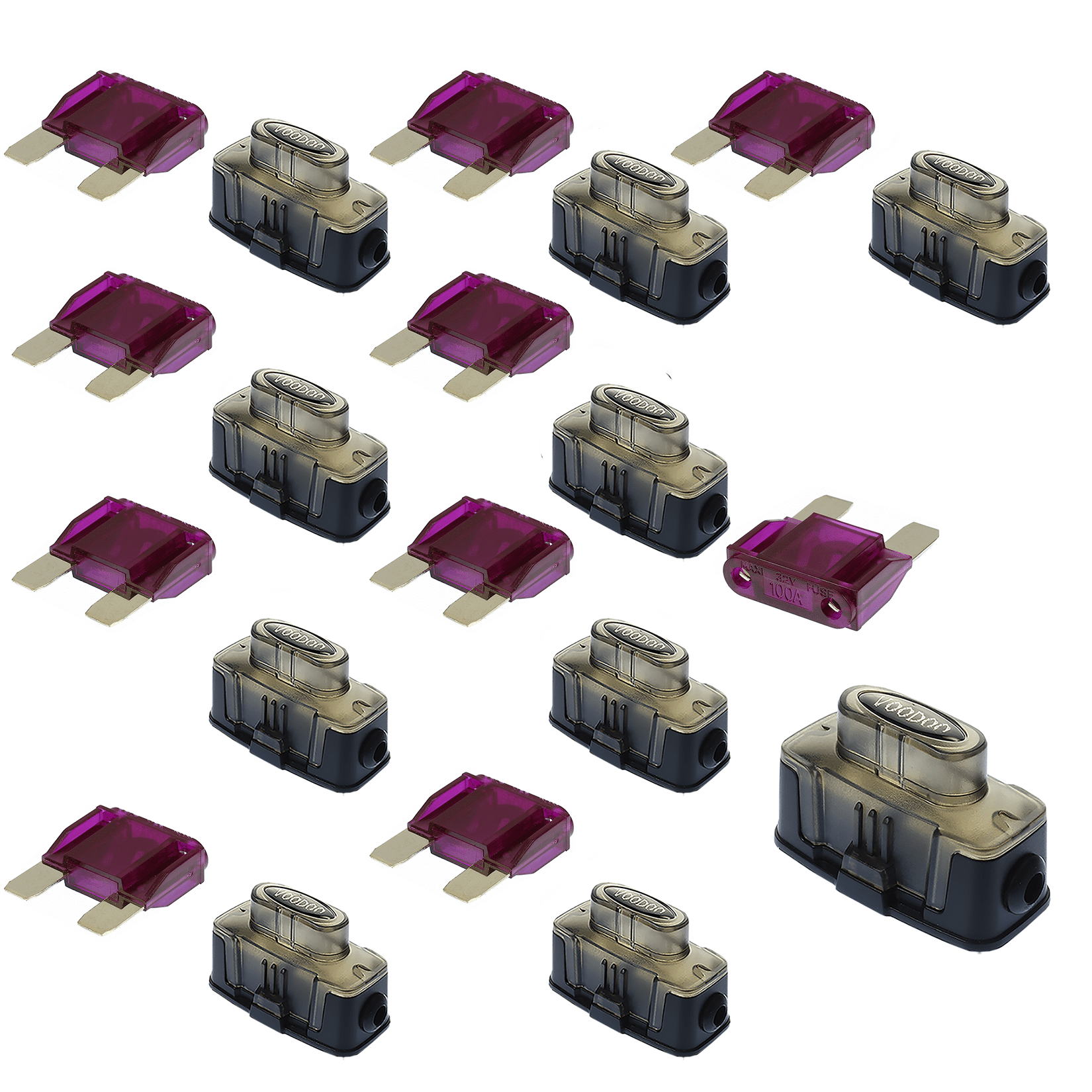
We can assist our clients to find OEM manufacturers for high quality parts or complete products, realizing conception-design-prototype-product chain in a single contract. We are also available for international sourcing service, helping clients to find parts not listed in our online store. For clients with large order quantity, it is proposed that you contact us before placing your orders, we may arrange payment to our company bank account, and organize the delivery of your orders under formal international trade terms. String fuse for inverters with Amphenol connector system (for example Delta). Stealth Hitches Hidden Trailer Hitch Receiver w/ Towing Kit - Custom Fit - 2' - SH33VR. And even you don't need to possess a PayPal account. Hopkins Plug-In Simple Vehicle Wiring Harness with 4-Pole Connector - HM11143885. PayPal is a way trusted for shopping online. And the delivery delay will be less than seven working days for most of our clients, counting from the date of payment. There is an important part of our provision is from the local factories of these manufacturers in China. Blue Sea Systems inline fuse holders will accept ATO/ATC fuses (sold separately) that can be tailored to the desired amperage up to 30A. Our major supplying sources come from the well known trademarks, CURTIS, Albright, GE, Zapi, etc. Supplying motor controller & assemblage, programmer, contactor, accelerator (throttle), meter / gauge, and many other parts, we provide a wild range of products, corresponding each sector of electric vehicle & forklift. , dedicated to the market of electric vehicle parts & electric forklift parts. I removed the positive bus bar and cut off one end to provide an isolated negative fuse holder, then used a wire jumper to connect the negative bus to this fuse holder., is the online selling site of NEW OCEAN TECHNOLOGY CO., LTD. I wanted to keep all my fuses under one roof, so I had to customize my fuse block. Some devices, like my Furuno GPS, come with fuses on both the positive and negative leads. To achieve the lowest-resistance connections, you should crimp, solder and heat-shrink. Ideally, you should protect each crimp with heat-shrink tubing, or use heat-shrink terminals. Crimp marine-quality ring connectors to the ends of the power leads for each device-positive and negative-then screw the leads to the corresponding positive and negative terminals on the fuse block. However, you may well have to extend some of the power leads using heat-shrink butt connectors and quality marine wire. On many boats, the electronics are all mounted in about the same place. These fuses, if they’re still working, can now be mounted in the new fuse block. As you do so, be sure to save the fuses themselves and note their sizes. Now comes the fun part: cut all the in-line fuse holders off your electronic devices and bury them deep in the nearest landfill.

This breaker can be labeled “Electronics” or “Sailing Instruments.” You may as well feed the fuse block with some fairly big wire, say 10 or 12 gauge, to provide a low-resistance path and plenty of capacity. Wire the fuse block to an appropriately sized breaker (15 amps seems to be standard) or fuse on your main distribution panel. Once you have your glass-fuse block, mount it close to your electronics in an accessible, visible, but protected location.


The holders dangle in open spaces where they are prey to movement and vibration, and since they hang off the backs of electronic devices they are hard to get to, usually lost behind a console or in a tangle of wires. Diagnosing these problems is aggravating, because you can’t get the probes of a voltmeter into a fuse holder without disassembling it. Any drop of water that tracks along the wire flows directly into the guts of the fuse holder and quickly wreaks havoc. They have tiny corrosion-prone springs (like those found in ballpoint pens) and cheesy little soldered contacts. Let’s face it: in-line fuse holders are cheap and chintzy. Unfortunately, all electronic devices come from the factory with in-line fuse holders on their power leads, and there, my friends, is the rub. Quality marine electronics are generally very reliable, as long as their electrical connections are sound and there is no voltage drop in the ship’s power supply. As a marine electrician I’ve found that in-line fuse holders are the most common cause of problems I encounter with modern electronics equipment.


 0 kommentar(er)
0 kommentar(er)
